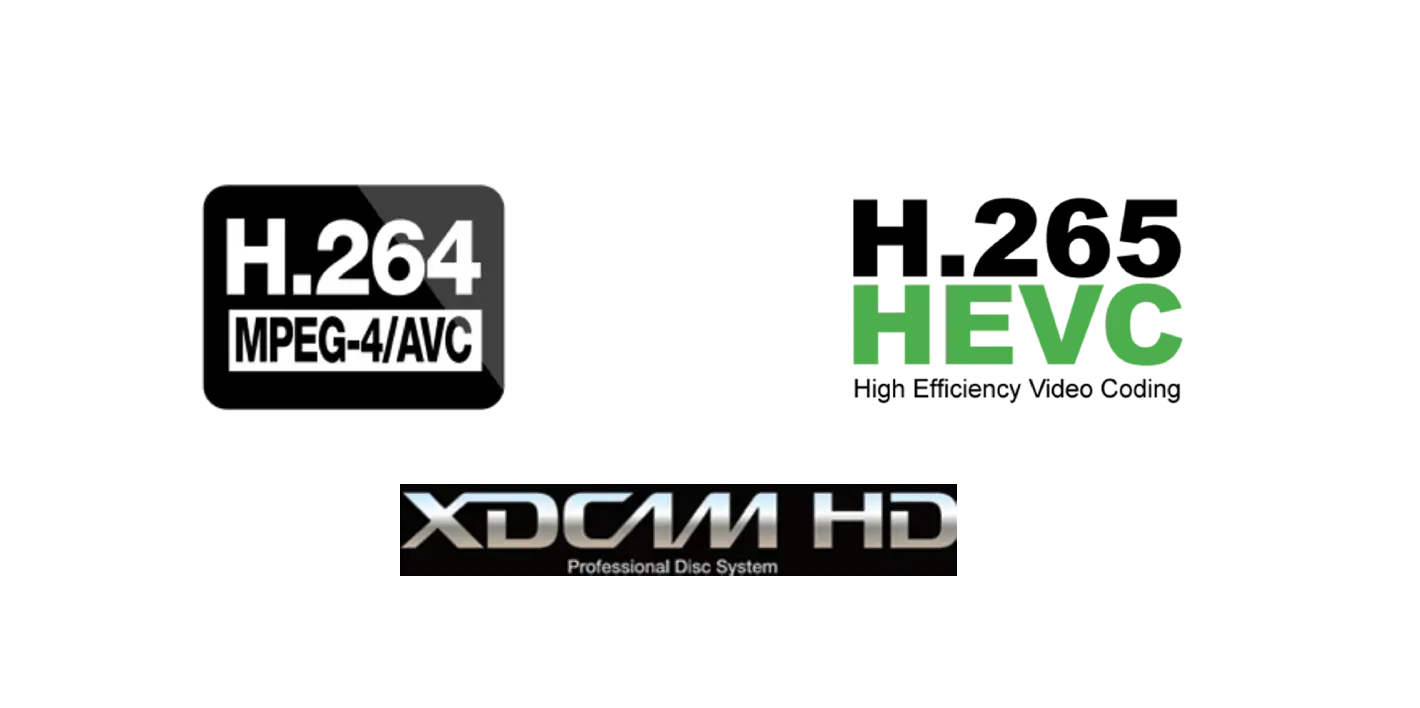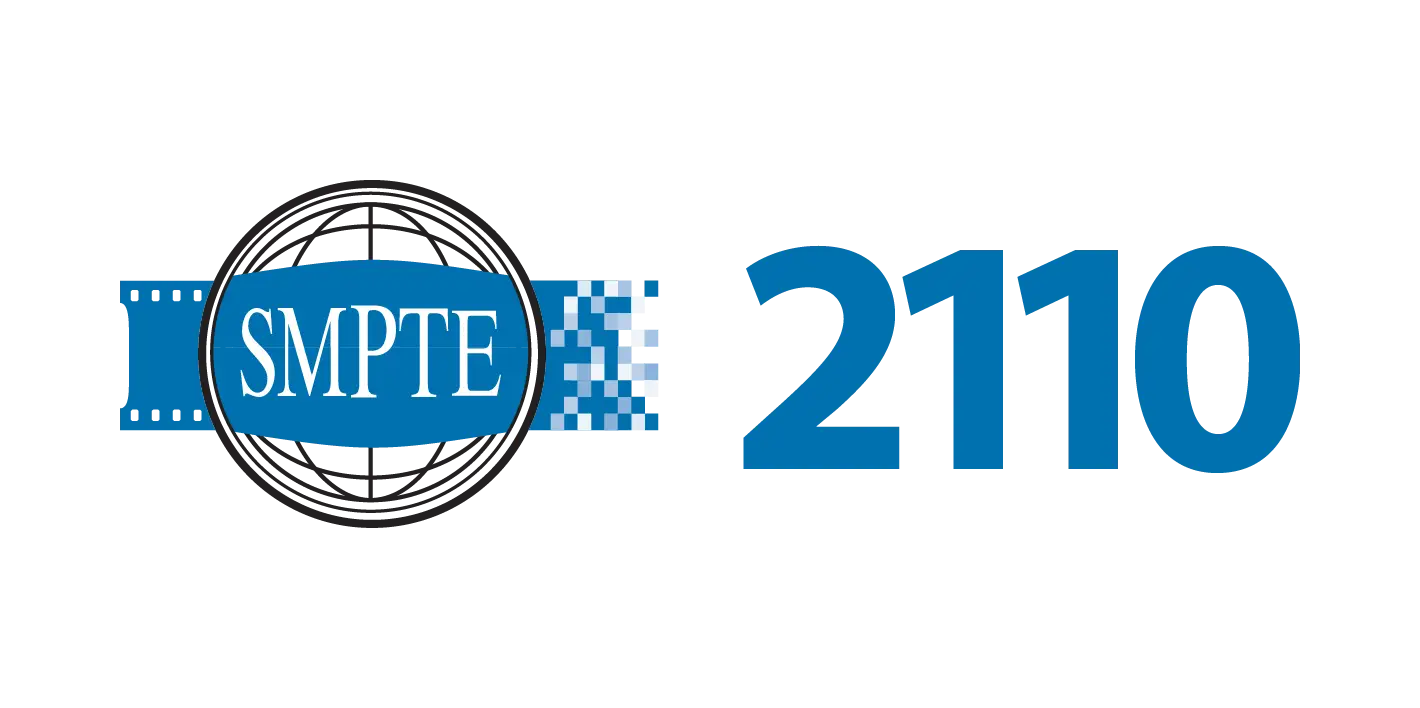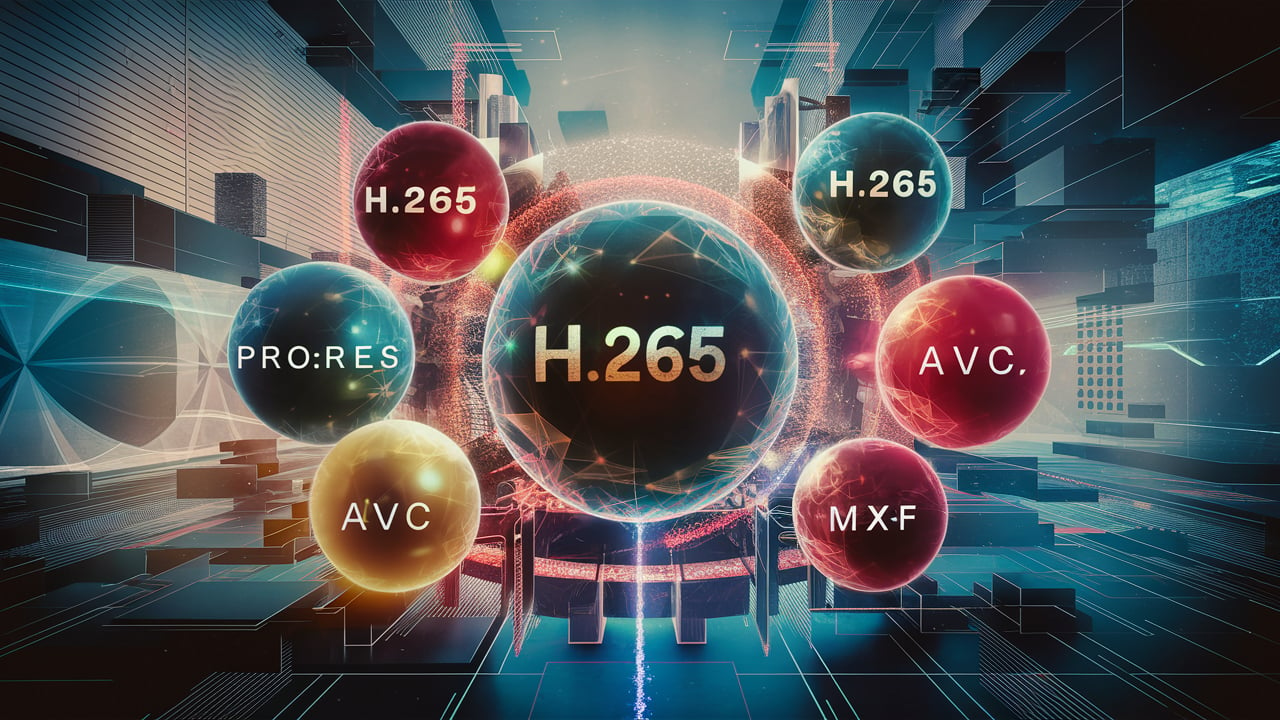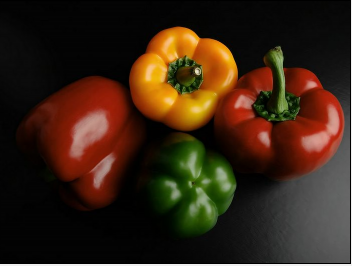Comprehensive HLS Stream Manager with Go: A Detailed Backend Analysis Introduction In this article, we will examine in detail the backend application of a secure HLS (HTTP Live Streaming) Stream Manager developed using the Go programming language. Our project is designed to securely manage and deliver live video streams to users.
Before we dive into the detailed explanation, you can access the complete source code of the project at this link: Github GoLangHlsStreamProxy Technologies Used Our project leverages the following key technologies:
AV1 Video Converter In this article, I will share information about how to write a converter program for the AV1 Codec, which I previously provided information about. Before we start creating our AV1 video converter application, let’s get some information about the Wails framework we’ll be using. What is Wails? Wails is an open-source project that allows you to create desktop applications using Go and web technologies. Conceptually, it’s similar to Electron, but there are some important differences:
Golang JWT Authentication with Redis In this article, we will create a JWT-based authentication system using Golang. Our system will use the following technologies:
Fiber: A fast web framework GORM: ORM for interacting with PostgreSQL JWT: JSON Web Token for authentication Redis: Cache for token management PostgreSQL: Database for storing user data Bcrypt: Secure algorithm for password hashing These are the components we will use within the Golang project. Additionally, for external project components:
What is AV1? In today’s world, video content consumption is steadily increasing, and high-resolution (4K, 8K) content is becoming more widespread. This situation has increased the need for more effective video compression technologies. AV1 (AOMedia Video 1) is an open-source and royalty-free video codec standard developed to address this need.
Why Did We Need AV1? Previous codecs like H.264/AVC and H.265/HEVC were either insufficient to meet the increasing demands for video quality and resolution, or their licensing fees posed a significant cost, especially for companies engaged in large-scale video distribution.
Hello,
In this post, I want to share with you about an incident that happened a few years ago when I was working at an institution. My cameraman colleague, Güray Ervin, had his camera battery die during filming, and because the camera couldn’t properly finalize the recording, the video file was physically present but unusable. It was a very important interview recording that couldn’t be re-shot, and this incident led me to create the first version of the program I’m sharing with you today.
Hello,
Today I’ll be sharing a Video converter program I developed based on FFMPEG, with a very simple interface and easy to use.
With this Video converter:
You can convert your videos to H264/AVC, H265/HEVC, or XDCAMHD 4:2:2 Long-Gop format, which is commonly used in television broadcasting, regardless of their original format.
As an end-user, you can store your high bitrate videos by reducing their bitrate to save space. You can also use the WhatsExport option to make videos under 1:30 minutes viewable and shareable on WhatsApp.
Hello,
I know it’s been a very long time since I’ve written to you, due to work intensity and family engagements. I hope I can share useful information with you in the article series I’m starting today.
I’ll try to explain the SMPTE-2110 Standard, which is a more up-to-date version of the SDI Must Die and SMPTE-2022 article I thought about writing years ago, in a series of articles consisting of several parts.
I will try to provide a surface-level overview of the codecs and formats commonly used in HD television broadcasting, NLE editing, and HD Camcorders.
DNxHD/Avid Developed by Avid for production purposes, this is an open-source codec. It can create files in MXF or QuickTime wrapper formats. It uses I-Frame Only compression infrastructure and is a good alternative to Apple’s ProRes format. In the table below, you can examine the bit depth, sampling, and bandwidth of DNxHD.
In this article, I want to explain a few topics that I’ve been planning to write about for a long time and about which I’ve received many questions. I’ll be sharing answers to common questions such as: What is 4:2:2? What is 4:2:0? What is 1.5 Gb/s? What is 3Gb/s? Let’s start with the color space, which is fundamental to these topics.
RGB Color Space In the RGB color space, the color value of each pixel is stored in separate channels.
What is H265/HEVC?
In today’s technology, we see tablets and mobile phones with 1920x1080p (full HD) screen resolution. As technology progresses in this way, you can imagine that large television screens will not settle for full HD technology. This is where resolutions like 2K, 4K, and 8K come into play.
As you can appreciate, when resolutions increase so much, it becomes inevitable for new coding (codec) technologies to emerge and use new encodings.










